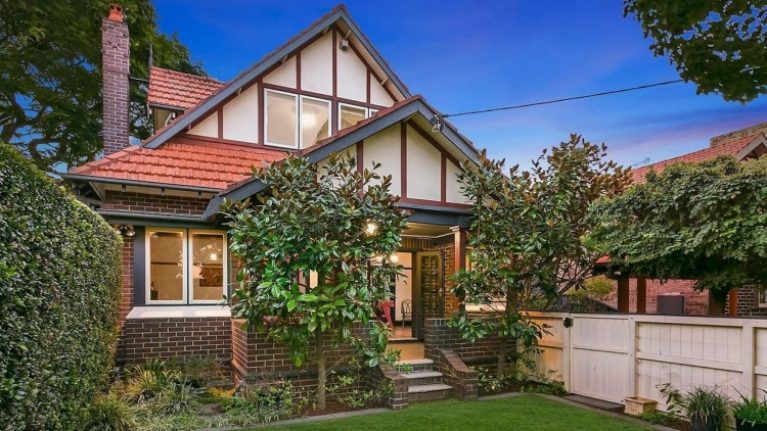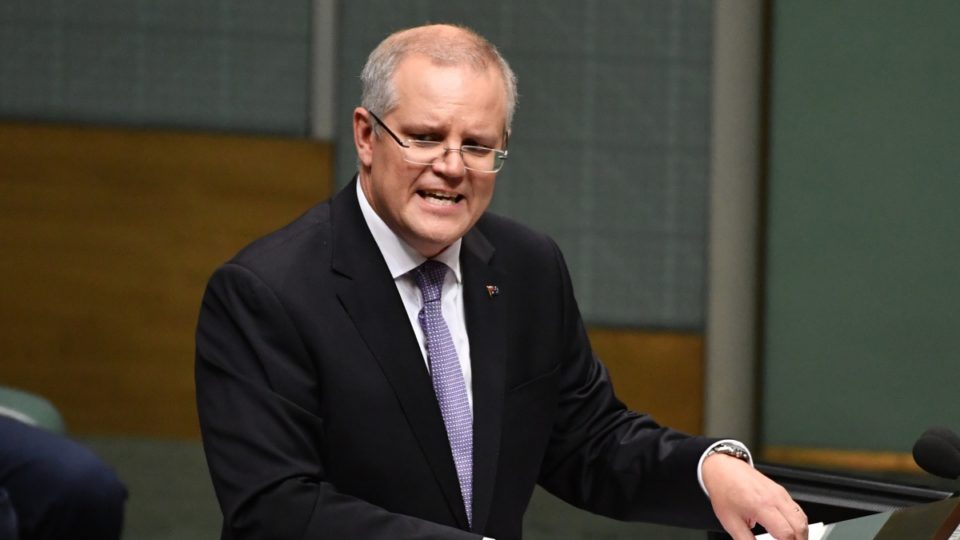Oh, the frustrations of being a renter looking on as the capital city property market jumps from one success to another.
We’ve got buyers splashing money around like they just don’t know what to do with it – $1.4 mil for an uninhabitable Sydney cottage, anyone?
And there probably weren’t many renters jumping for joy at the news that the average house price in Sydney jumped back over the $1 million mark last quarter.
With even the smallest of studio apartments in Melbourne or Sydney out of reach for many first-time buyers, perhaps the best strategy is just to sit it out, wait for the bubble to burst, and jump in when prices become more affordable again.
That’s got to happen eventually, right?
Well, as it turns out, maybe not. Take a look at what some of the nation’s property experts think the market will look like in 2040, and see if their predictions align with your property strategy.
High prices are here to stay
Author and property investment adviser Niro Thambipillay says anyone holding out hope for a property market crash may end up disappointed.
“With Australia’s growing population, especially in Sydney, Melbourne, Perth and Brisbane, prices will be higher,” he said.
“These cities will also become extremely apartment dominated, similar to New York with fewer people living in houses.”
Mr Thambipillay also thinks it’s highly unlikely Australia will experience a US-style property crash.
“This is mainly because of the growing population and the fact that Australian mortgages are also generally full-recourse, which means homeowners can’t just walk away and hand back the keys as lenders will chase them and borrowers must pay costs unlike in the US,” he said.
“So although there will be periods of flat growth in our major centres, over the next 20 years, you’ll see prices be at least 50 per cent higher than what they are today, if not closer to double.”
Nathan Birch, a high-profile property investor, is of the same mind.
“The eastern seaboard will be the winner in 20 years’ time,” he noted.
“I expect that we will see another two boom cycles go through most parts of the country. The more houses we can build, the more affordable house prices will be, but I don’t believe we’ll be able to keep up with demand from population growth.”
And Glenn Piper, Founder of residential property investment firm Meridian Australia, believes Sydney will remain ahead of the pack.
“Anything could happen over a 20-year period, however, it would be hard to see any city top Sydney for the most expensive city in Australia,” Piper said.
“It is Australia’s largest economy and has the Sydney Harbour where the most expensive homes in Australia are located.”
Regional developments
Right now anyone priced out of the capital cities still has a good chance of finding affordable property in the regional areas of Australia, but is this likely to still be the case in 2040?
As people are pushed out of the capital cities into regional areas, says Mr Birch, strong large regional towns will benefit and there could be a resultant spike in prices and population.
“I believe there will be growth in some of the key large regional areas, be it Tamworth, Orange, Wagga Wagga, or Goulburn,” Mr Birch said.
“Places on the fringe of the cities will become larger and people will have more incentives to move there.”
Mr Thambipillay also recognised that population growth would determine the future of the regional property market, but people will be expecting increased investment in infrastructure, such as high-speed rail.
“I think you’re going to see the major regional centres like the Gold Coast and Sunshine Coast in Queensland experience price growth,” he said.
“As prices in capital cities rise, there will be those who are willing to move for a better quality of life. These larger regional cities will see price growth but mainly around houses as that is what people moving from the cities will want.”
A new New York?
Although some have drawn comparisons between our capitals and cities like New York, Mr Thambipillay doesn’t believe we will ever experience such rapid growth.
“Our reduced population growth levels relative to available land — Sydney is about twice the size of New York — will keep prices well below those of New York,” he said.
“New York also has a more prestigious brand image internationally than Sydney does so the wealthy from overseas will always be willing to pay more than for Sydney.”
Mr Birch, however, identifies some similarities between Sydney’s future and the Manhattan property market.
“New York is a financial hub and I think over the next 20 years the same thing will happen in Sydney,” Mr Birch said.
“The population will have doubled, and Sydney will be built out. A lot of people will be going to smaller accommodation; blocks of units will be more common.”
So what about all these renters still hoping for a reversal in the market? Mr Birch has one piece of advice: get on the property ladder NOW.
“If you can’t afford where you want to buy today, it’s important to look at other options and alternative locations for where you can invest with your budget and capture a foothold in the market,” he said.
“That way you can go back and use those properties that you’re buying today to reach your end goal.”











